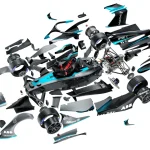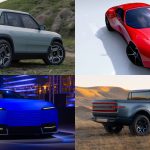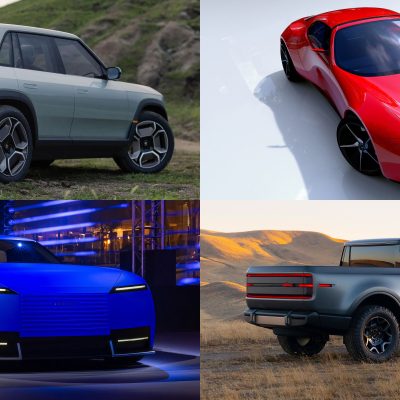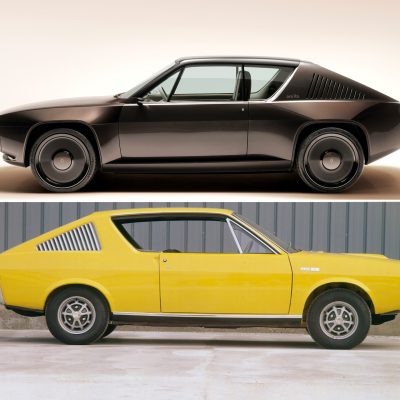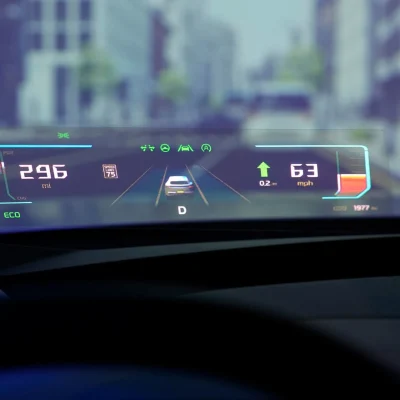As someone who lives and breathes cars, I’ve watched the rise of artificial intelligence in the automotive world with a mixture of fascination and excitement. It’s not just about how fast a car goes anymore — it’s about how smart a car is. And modern vehicles are increasingly weaving AI into every layer: inside the cabin, under the hood, and even as part of the broader mobility ecosystem.
Here’s a breakdown of how AI is showing up today in cars, what it means for drivers and enthusiasts, and why this shift matters more than just specs and horsepower.
Smart Cabin & Driver Interaction
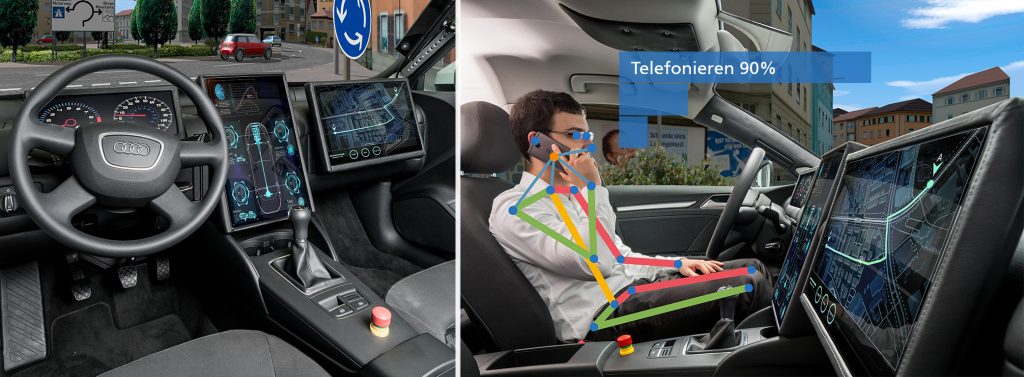
One of the most tangible ways AI is being used right now is in the cockpit. Think of the car as more than a machine — as a companion, an interface, and an intelligent partner on the road.
- Voice and natural‑language control: Rather than fiddling with buttons or screens, many cars now have voice assistants that understand conversational commands — “take me home”, “play that podcast”, “make the cabin cooler”. AI is the brain behind this, interpreting context and intent.
- Personalised environments: AI systems recognise drivers (via voice, facial recognition or key‑fob profiles) and automatically load preferred settings: seat position, steering wheel height, infotainment favourites, cabin temperature. You turn the key (or press start) and the car already knows you.
- Adaptive interfaces: Some cockpits now adjust their displays, lighting, and information density depending on the driving profile — commute vs spirited drive, day vs night. The car uses machine‑learning to predict what you’ll want next.
- Augmented reality (AR) elements: AI overlays information in smart ways — navigation cues projected onto the windshield, hazard warnings highlighted in your line of sight, and intuitive graphics that make the digital/physical interaction smoother.
For enthusiasts, this means the experience inside the car is becoming as meaningful as the drive itself. The car is no longer just responsive — it’s anticipatory.
Advanced Driver Assistance & Autonomy

Under the hood (and all around the vehicle), AI is powering smarter, safer driving. This is where the “machine” part of the machine really starts to shine.
- Sensor fusion: Cameras, radar, LiDAR, ultrasonic sensors — all those inputs are fused by AI into a coherent picture of the vehicle’s environment. The car doesn’t just see — it understands.
- Predictive manoeuvre analysis: Rather than simply reacting when something happens, AI systems are beginning to predict what could happen — a cyclist veering out, a car merging unexpectedly — and prepare the vehicle accordingly (e.g., slight steering adjustment, tensioning seat‑belt, readying brakes).
- Semi‑autonomous driving modes: Many new cars offer advanced driver‑assist systems where the AI takes over some driving tasks — highway cruising, keeping distance, maintaining lane, even hands‑off in some zones (depending on region/regulation).
- Adaptive safety features: AI monitors driver attention, predicts fatigue or distraction, and can intervene if things go off‑script. The car becomes a co‑pilot rather than just a passenger.
For those of us who appreciate performance and precision, AI doesn’t replace driving — it enhances the confidence, sharpens the edge, and (ideally) keeps the fun intact while reducing risk.
Predictive Maintenance, Efficiency & Connectivity
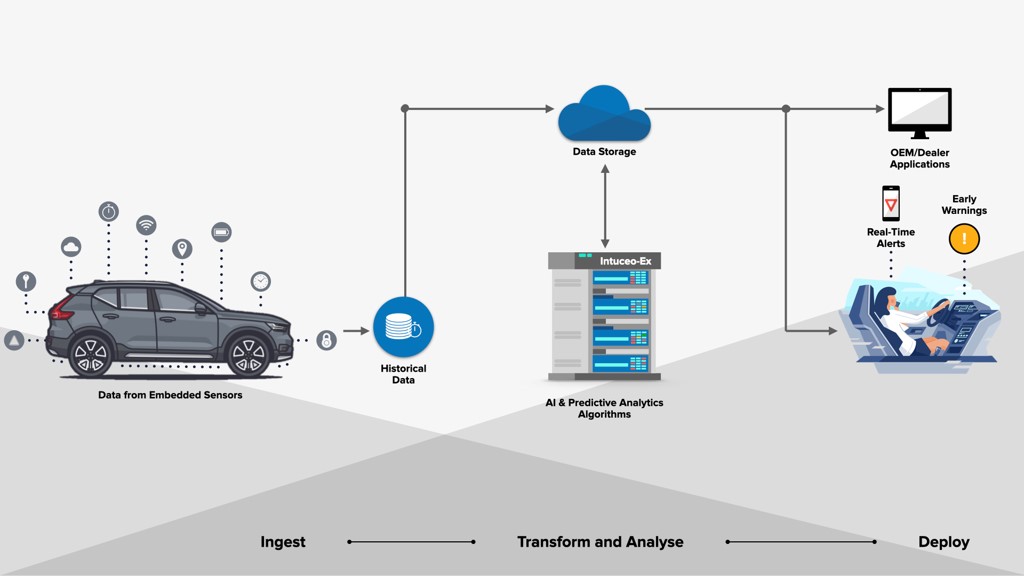
Beyond the driving experience, AI is quietly working behind the scenes to make vehicles smarter in the long term.
- Predictive maintenance: AI models look at sensor data, driving habits, component wear, and can signal when parts may fail or need servicing — before you get stranded.
- Software‑defined vehicles & OTA updates: Cars are now platforms. AI supports features, updates, and continuous improvement. Your car might gain new functions after purchase.
- Energy and efficiency optimisation: In electric vehicles, AI manages battery usage, optimises range, manages thermal conditions, and even coordinates charging times based on grid demand and usage patterns.
- Vehicle ecosystem & connectivity: AI enables the car to connect with infrastructure, other vehicles (V2X), the cloud, and services — turning your commute into a networked experience.
For gearheads, this means your car keeps evolving rather than stagnating. It shifts from being a static purchase into a dynamic platform.
Intelligent Lighting, Exterior & Communication Systems

It’s not only what’s inside the car that’s smarter — the outside is evolving too. AI is letting vehicles communicate, adapt and respond in real time.
- AI‑powered adaptive lighting: Headlights don’t just shine — they adjust beam shape, warn pedestrians, highlight hazards, and react to the environment intelligently.
- Exterior signalling & communication: Cars are using light patterns, projections, and visual cues to warn pedestrians, cyclists or other road users. The vehicle becomes more than a machine — it’s a communicator in traffic.
- Sensor‑integrated bodywork: Exterior sensors and AI enable the car to anticipate hazards, change modes (e.g., urban/track), and even prepare systems before the driver reacts.
These features highlight how AI is turning the vehicle into an active participant in its surroundings rather than just a passive occupant.
What This All Means For You
As a car person, all this AI talk isn’t just tech hype — it changes how we drive, experience, and relate to cars.
- If you’re buying a new car now or soon: Expect AI features to matter more than the engine size. The usability, integration, adaptability will define value.
- If you love driving feel and connection: Good news — driving isn’t going away. But the definition of “engaging drive” is expanding to include how the car knows you and responds.
- If you care about longevity and future‑proofing: Vehicles with richer AI ecosystems may retain value longer and stay current through software.
- If you worry about complexity and reliability: Yes, more tech means more to manage. But the best systems are designed to enhance safety, not complicate it.
Final Thoughts
Watching cars evolve from mechanical marvels into intelligent machines is one of the most exciting transitions in automotive history. AI in modern vehicles isn’t just a feature list item — it’s a transformation of the entire motoring experience.
For enthusiasts like me, the promise is thrilling: the roar of the engine may be blended with the hum of data, the precision of human hands with the foresight of algorithms, the thrill of the drive with the calm of smart assistance. The future isn’t replacing driving — it’s making it richer, smarter and more connected.
And whenever I slide behind the wheel of the next car with intelligent systems, I’m reminded: the machine of tomorrow isn’t just what takes you from point A to point B. It’s what understands why you’re going there — and perhaps makes the ride even more memorable.

